Epin for plants, how it works, for what purpose it is used, how to dilute it correctly

The problem of diseases of cultivated plant species is known to every gardener.
There are a huge number of drugs that can cope with diseases, pests and fungi, and Epin for plants takes pride of place among them.
Content:
- How is Epin useful for plants?
- Description of the drug
- How to use Epin extra for tomatoes
- How to breed Epin for orchids and violets
- Is it possible to water indoor flowers with Epin?
- Features of use, precautions
- Analogues of Epin
How is Epin useful for plants?
First of all, it is important to understand that this is not a medicine or a fertilizer. Epin is not a universal protection for plants; it does not nourish them with additional substances and does not treat them when infected with fungi or viruses.
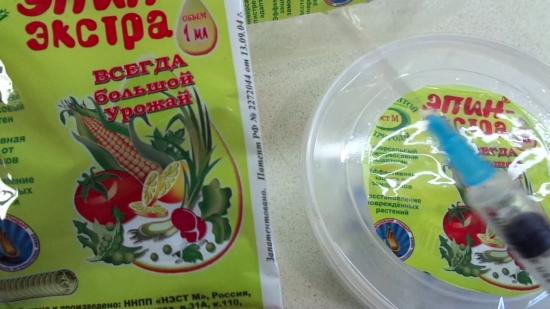
The benefit of the product lies in its ability to increase the defense capacity of the plant cell to the negative effects of chemical, biological and physical irritants.
In terms of its composition and action, the product belongs to adaptogens, which activate the awakening of the body's reserve forces, awakening dormant cells for subsequent growth and development.
As a result of such exposure, resistance to the negative influence of an aggressive external environment increases, which is significant affects the level of productivity. Thus, as a result of treating seeds with a solution before planting, their level of similarity and the amount of harvest increases by 15%.
The main active ingredient of the drug is epibrassinolide. This substance is identical to brassinolides, which are contained in every plant cell and are responsible for cell survival under unfavorable environmental conditions.
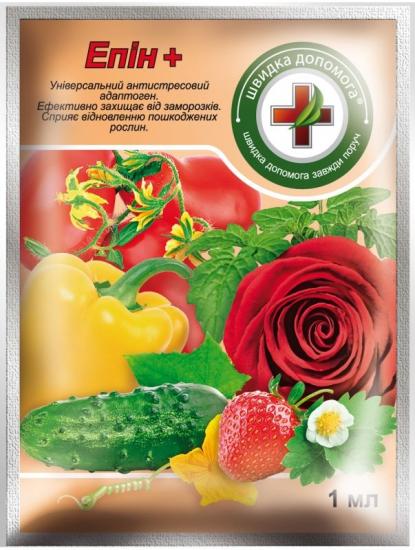
Despite the fact that brassinolides are now being extracted from natural raw materials, this is a rather costly process in terms of finances and raw materials. Therefore, synthetic epibrassinolide does not lose popularity.
Description of the drug
The full name of the drug is 2,4-epibrassinolide. This is a synthetic phytohormone that activates the reserve functions of living cells.
Sold in the form of a solution with a concentration of 0.25 mg of active substance per 1 ml. Packaged in millimeter ampoules for indoor flowers and summer cottages and up to 1 liter for large areas.
Depending on how exactly the mixture is planned to be used, it is important to observe the dosage of the solution. It is important to consider that a lot is not always good and to strictly follow the instructions for using the chemical.
Let's watch a video about what Epin is for plants and how it is used:
How to use Epin extra for tomatoes
There are several nuances that should be considered before starting work.
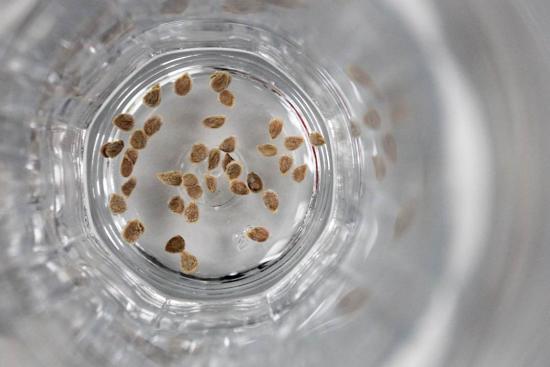
So, depending on the purpose of using the chemical, the dosage also differs:
- In order to soak tomato seeds before planting It is recommended to dilute 3-4 drops of the drug in 0.1 liters of heated water. Let stand for twelve hours, then immediately begin sowing without rinsing;
- To spray seedlings, it is recommended to use a solution of two drops per glass of water. Carry out processing before picking;
- You can spray before planting seedlings in open ground. To do this, one day before transplanting, you need to prepare a concentrated solution of six drops of biostimulant and a glass of water and spray the tomatoes;
- After the formation of the first buds, it is recommended to treat the bushes with a solution of 5 liters of water and one ampoule of Epin.
The last treatment can be carried out in late summer or early September. This will help the last harvest to withstand possible temperature fluctuations as firmly as possible.
How to breed Epin for orchids and violets
Before you start treating delicate plants such as violets and orchids with a biostimulant, it is important to take into account several nuances.
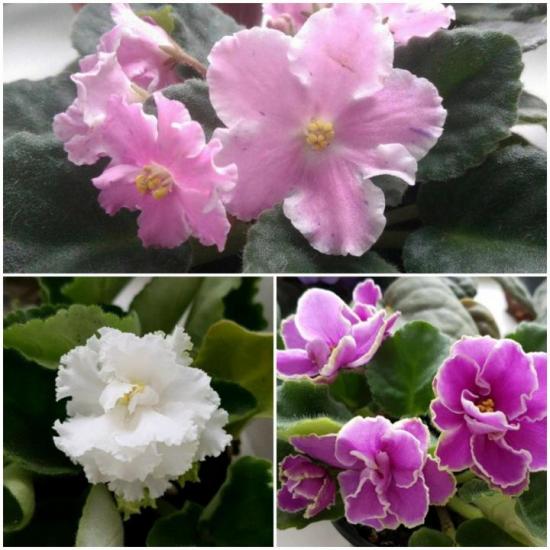
So, first of all:
- The substance should be diluted in a ratio of 0.2 ml per liter of water;
- Do not water the flowers under any circumstances, only spray them;
- Before preparing the solution, it is recommended to check the water for acidity levels; for this, indicator paper is useful, which can be bought at the pharmacy. Water with a slightly acidic reaction, not higher than pH = 6.2-6.8, is considered suitable;
- After processing, it is recommended to place the flowers in a darkened room for a day;
- During planned treatment, it is recommended to apply root fertilizer for flowers several days before spraying; to combat pests, you can spray Epin a day after treatment with the main chemical.
It is recommended to treat only the foliage, since the soil for orchids and violets is quite loose and already contains a sufficient amount of nutrients. The latter simply negates all the positive effects of the drug.
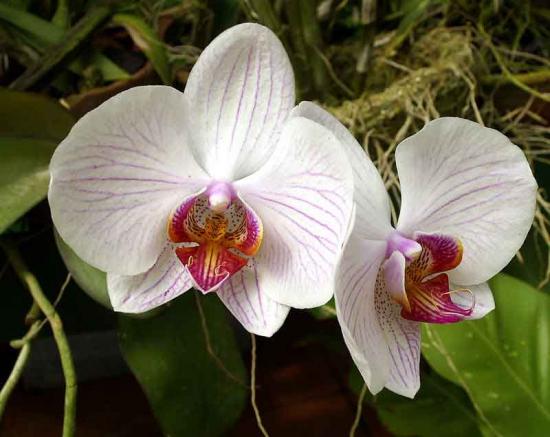
When spraying, it is recommended not to neglect not only the leaves, but also the stems, peduncles and roots. But it is not recommended to spray flowers, just as when replanting, treatment with a biostimulant will be unnecessary.
Violets and orchids are equally beautiful and equally delicate flowers, so compliance with the rules of processing and dosage is a vital aspect that should not be ignored.
Is it possible to water indoor flowers with Epin?
Watering the soil with any chemical leads to its enrichment with by-products. When applying fertilizers, this is a targeted process of enriching flowers with those nutrients that they lack for normal growth and development. However, it is important to consider that Epin is not a fertilizer.
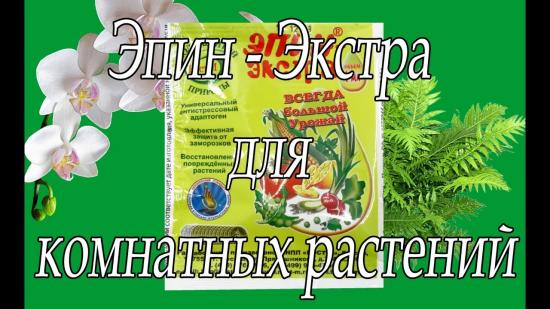
By stimulating the work of plant cells, the drug is useful when spraying and before planting. This helps to activate seed germination and strengthen foliage and flower stalks.
Since the soil in which indoor flowers grow cannot be absolutely neutral, it already contains enough by-products, watering indoor flowers with a chemical can lead to the development of a chemical reaction that will negatively affect the condition of the plant.
It is important to consider that even with spraying, which will be much more appropriate than direct watering, compliance with the dosage is the main point.
Even a slight deviation from the norm can negatively affect the growth and development of the plant.
Watering indoor plants after planting them in the ground is not advisable, as it can lead to a number of unpleasant consequences.
When spraying, the dosage is important; you can reduce the concentration, but in no case increase it.
Let's watch a video about using Epin-extra for plants:
Features of use, precautions
One of the main features of Epin, which sets it apart from other drugs, is its good compatibility with other drugs.
So, it can be used simultaneously with vitamins, fertilizers, and growth stimulants. Spray immediately after treatments with insecticides and fungicides.
The only thing that is important to consider when using the drug is its poor compatibility with products with an alkaline reaction. That is why, before mixing the main drug with Epin in a large amount, it is recommended to carry out a preliminary test by mixing the products in a small amount.
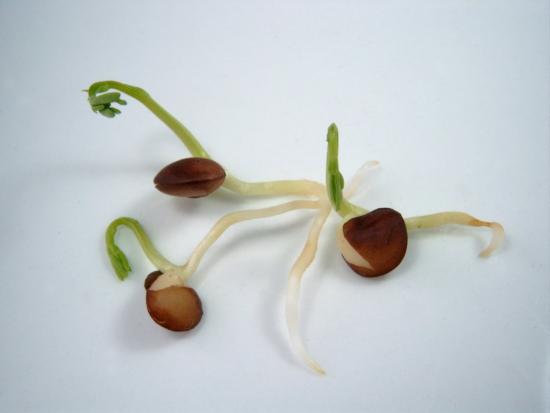
This will help determine the level of compatibility of substances and protect the plants. Ideally, when purchasing chemicals, you should clarify in advance what their compatibility is with a specialist.
Since this biostimulant is a chemical drug, failure to take precautions when using it is very dangerous.
So, when working with the solution, it is recommended to pay attention to the following points:
- Processing must be carried out using personal protective equipment;
- Do not drink, smoke or eat while working. During the spraying process, not all of the water dust settles on the foliage; a certain percentage falls on the worker. Its further penetration into the body leads to poisoning, followed by a number of unpleasant symptoms and consequences;
- After work, be sure to thoroughly wash your face, hands with soap, rinse your mouth and nasal cavity.
In addition to proper use, proper storage of the drug is also important.It is recommended to place purchased ampoules in a dry place where the temperature does not fall below +14 C and does not rise above +23 C.
It is recommended to place the product as far as possible from food, out of reach of small children and animals.
Considering the easy flammability of the product, you should not place it near heating devices.
Despite the precautions, this biostimulant cannot be called extremely dangerous. So the drug is absolutely safe for fish and does not lead to soil degradation or death of beneficial insects.
Analogues of Epin
The development of science in the field of invention of new chemicals is undeniable. If Epin could once be called a unique and irreplaceable drug, now this is not entirely true.
At the moment, there is simply a huge number of biostimulants that can be a worthy replacement for the old remedy:
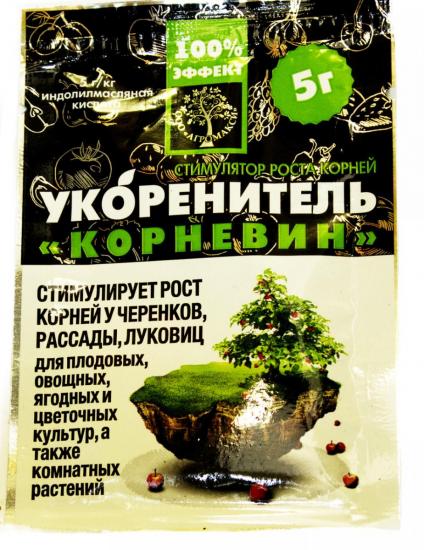
Kornevin, Heteroauxin, Krezacin will help to activate the process of root formation in seeds;
- If necessary, you can use Atlet to increase the yield and length of the flowering period. Among other things, the product inhibits flower pulling;
- To increase the similarity and yield level, you can use Agat-25 K, Narcissus, Ribav-Extra or Prorostok. These agents activate the functioning of cells, the rate of growth and development of plants with a decrease in the level of disease;
- To increase the yield and reduce susceptibility to downy mildew, Ambiol and Mival are suitable;
- Preparations such as Ovary and Obereg will help protect the plant from attacks by viruses and fungi;
- Carvitol and Bigus can increase the rate of root formation and subsequent similarity. By activating seed germination, drugs accelerate the processes of growth and development;
- Gibberros, Triterpenic acid, Biosil or sodium humate will help increase productivity and increase resistance to diseases;
- Treatment of planting material with Succinic, Boric or Nicotinic acid will help speed up the process of ovary formation.
These products cannot be a completely equivalent replacement for Epin, but they inherit some of its properties.
To achieve maximum effect, before purchasing, it is important to determine what exactly you want; consult a specialist.
The benefit of Epin is to improve the defense capacity of plant cells against viral attacks and increase productivity.
Recommended for foliar spraying and seed treatment, it increases the rate of germination, development and yield level.

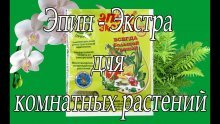

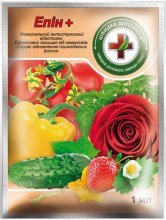
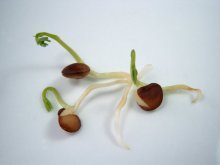
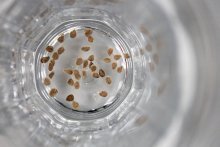
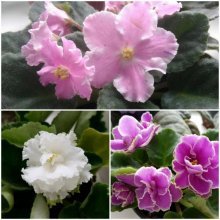
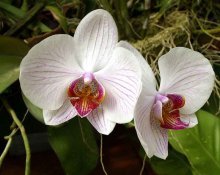
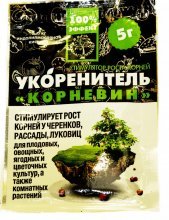

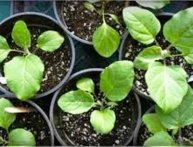
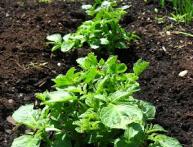
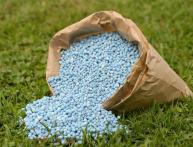
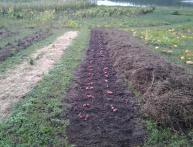
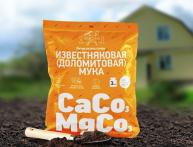
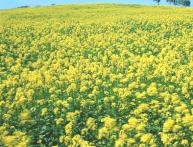

Comments
It is probably best not to spray the plants with Epin, but to soak the seeds in its aqueous solution before planting. Such biostimulation, in my opinion, is enough to improve seed germination. I have already had cases when the daikon did not germinate completely and the radishes were very bad.
"Epin" is generally a remedy against plant stress, we were recently offered it and we bought it, the ficus stopped shedding its leaves, so I can say that the drug is good.